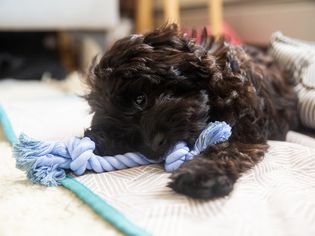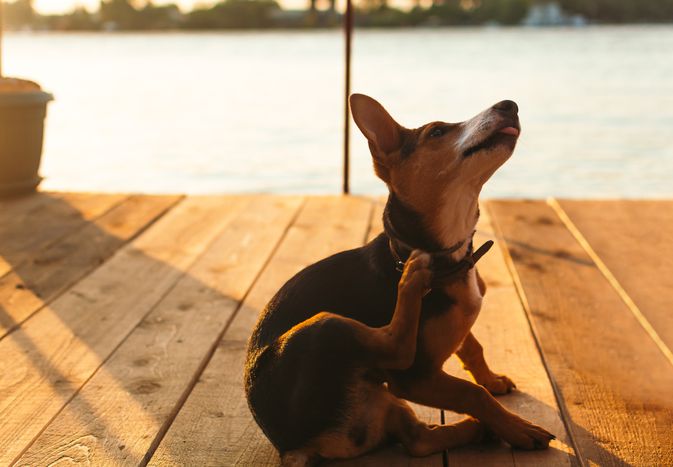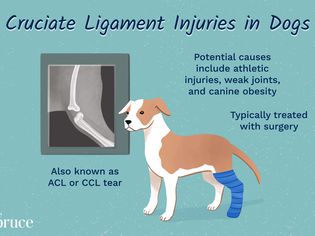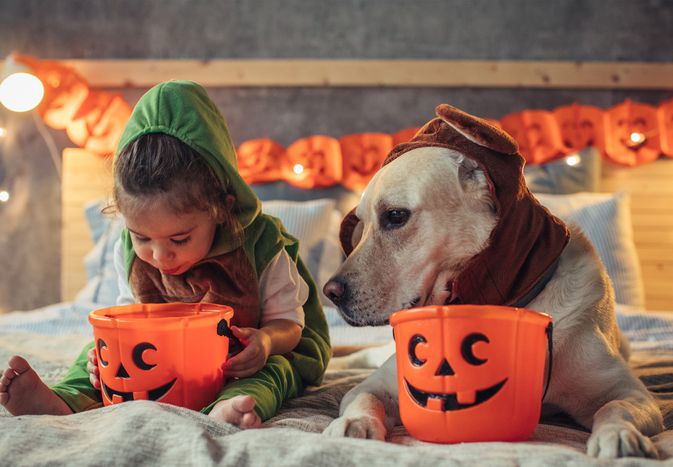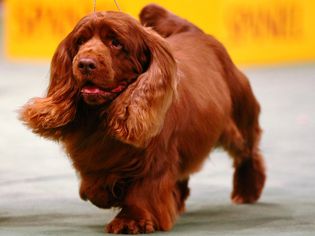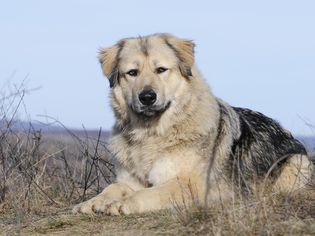Pronounced as "Yahk" terrier and also known as the German hunting dog, the jagdterrier is a compact, highly sociable, and trainable terrier. Bred to hunt and flush out rabbits, raccoons, foxes, and other wild animals, this German breed may not be prevalent in the states, but they have a following with those that value their prey drive.
Read more to find out if this breed is right for your lifestyle.
Breed Overview
Group: Terrier (United Kennel Club)
Height: 13-16 inches
Weight: 17-22 lbs
Coat: Wirey and rough or smooth, short
Coat Colors: Black, black and gray, or dark brown
Life Span: 10-12 years
Temperament: Active, alert, brave, vocal
Hypoallergenic: No
Origin Country: Germany
Characteristics of the Jagdterrier
| Affection Level | High |
| Friendliness | Medium |
| Kid-Friendly | Medium |
| Pet-Friendly | Medium |
| Exercise Needs | Medium |
| Playfulness | High |
| Energy Level | Medium |
| Trainability | Medium |
| Intelligence | High |
| Tendency to Bark | Low |
| Amount of Shedding | Low |
History of the Jagdterrier
Bred from strategic crosses with black and tan fox terriers, Welsh terriers, and Old English wirehaired terriers, the jagdterrier was eventually developed in Germany for hunting. In 1926, the German Hunter Terrier Club was formed and the group focused on specific desirable traits and features that they wanted from this breed. Affectionate kissers, water-loving, social, trainable, and courageous are traits valued in this sturdy breed.
By the 1950s, the breed was brought to the US and the Jagdterrier Club of America was formed. This club unfortunately didn't last long as the interest in the breed didn't grow as the members had hoped. Jagdterriers are still found in the US among avid hunters who appreciate the breed's personality and size.
Jagdterrier Care
Compared to some breeds, jagdterriers may seem lower maintenance, but they still require a good amount of exercise and training along with some routine grooming.
Exercise
Jagdterriers were bred to hunt and chase prey. Their size is designed to go underground into burrows and they are very smart. Because of these qualities, exercise for both their bodies and minds is of the utmost importance. If hunting is not an activity a jagdterrier's owner partakes in, agility, flyball, scent work, and other events that allow the breed to exercise their skills are necessary. This breed is not an ideal fit for a family that isn't active.
Grooming
Wirey or smooth but always short, the fur of a jagdterrier is easy to care for. This breed does not shed much and does not need haircuts but routine ear cleaning, brushing, baths, and nail trims are necessary. Daily teeth brushing should also be done to help prevent dental disease.
Training
Jagdterriers are very affectionate, social, and they love to please their owners. They are very intelligent and are easily trainable, especially if their prey drive is utilized in the training process. Consistent positive reinforcement training will help these dogs be happy, balanced members of your family.
Common Health Problems
Health problems are not common in jagdterriers, especially if you purchase a dog from a reputable breeder, but that doesn't mean they are completely exempt from all issues. Some health issues that may occur in jagdterriers include:
- Primary lens luxation
- Luxating patellas
- Periodontal disease
- Ear infections
- Parasites
Yearly check-ups with your veterinarian can help keep your terrier healthy and catch any underlying issues before they become a major problem.
Diet and Nutrition
Jagdterriers should eat a high-quality, nutritionally complete diet formulated for dogs by veterinary nutritionists. The major dog food brands will usually meet these criteria, but foods designed for high-activity dogs may be needed to provide appropriate protein and caloric content. If you aren't sure what your jagdterrier should be eating, ask your veterinarian for recommendations and guidance on how much to feed as well.
Where to Adopt or Buy a Jagdterrier
Because jagdterriers are not a very popular breed in the United States, they aren't commonly found in rescues or shelters. However, you may be able to find a reputable jagdterrier breeder in the states. The American Kennel Club (AKC) Marketplace is one place to look for breeders, otherwise attending a dog show to find breeders that specialize in this hunting breed is a great way to see the parents of a potential puppy. Be sure to do thorough research on breeders before purchasing a puppy to avoid backyard breeders.
Jagdterrier Overview
Low shedding
Doesn't bark much
Compact size
Needs a high level of mental stimulation
Requires a lot of physical activity
Not good for apartments
More Dog Breeds and Further Research
If you’re interested in other small hunting breeds, check out:
- Jack Russell Terrier Dog Breed Profile
- Boykin Spaniel Dog Breed Profile
- Beagle Dog Breed Profile
- What’s the difference between a jagdterrier and a fox terrier?
Fox terriers are a British breed that can have either smooth or wire hair and can have a primarily white coat with black and tan markings. Jagdterriers are a German breed that are black, tan, dark brown, or grayish-black and may occasionally have small white markings on their chest and toes.
Are jagdterriers good family dogs?Jagdterriers are good hunting dogs and are very prey driven. As long as they are allowed to do what they were bred to do and exercise their instincts, they can be good family dogs, too.
Are jagdterriers good apartment dogs?Jagdterriers are very playful and smart so they will get bored and act out if they don't have enough space to explore and exercise their minds. However, if you are committed to giving your dog enough exercise and mental stimulation, they could be happy in an apartment.

